There are ample records of executions in the United States, but looking at them through the data lens can feel disconnected and horribly robotic. In a more humanized view of the subject, The Next to Die by the Marshall Project provides context for those next scheduled for execution.
On one side, a person is scheduled to die. On the other, the person did horrible things. It’s complex and the project doesn’t try to sway opinions one way or the other, but it does provide a view into what’s happening, along with a historical view of states and their laws.

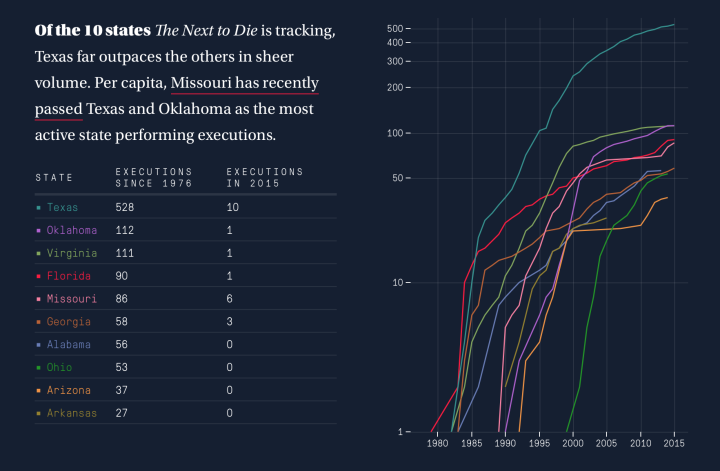
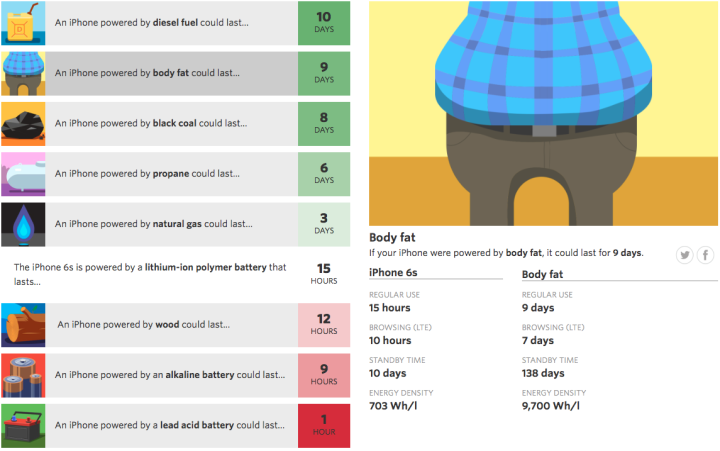


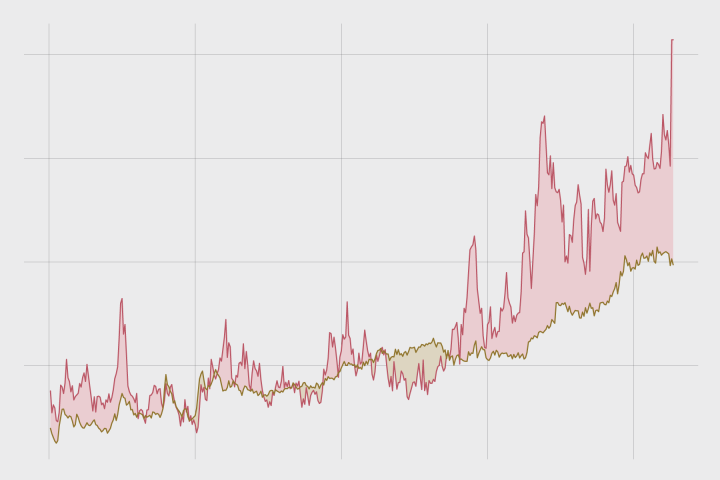
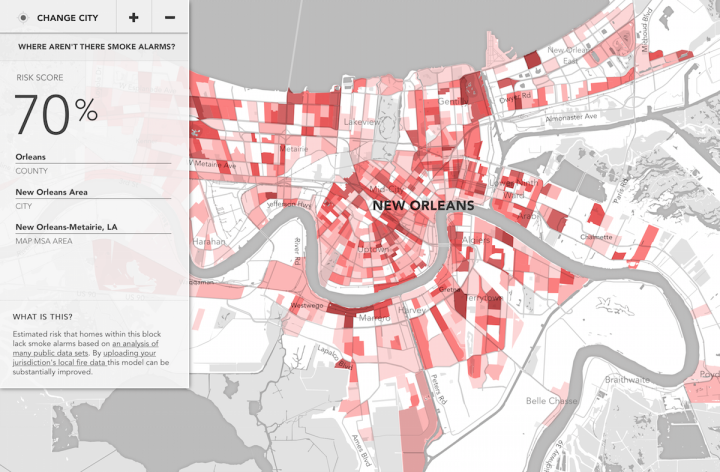

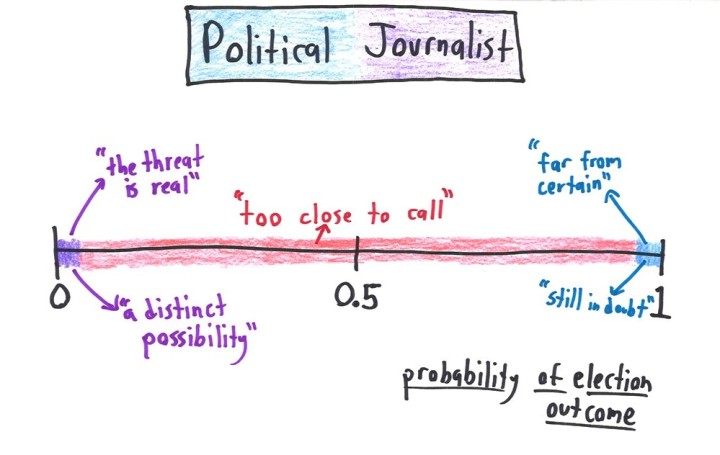
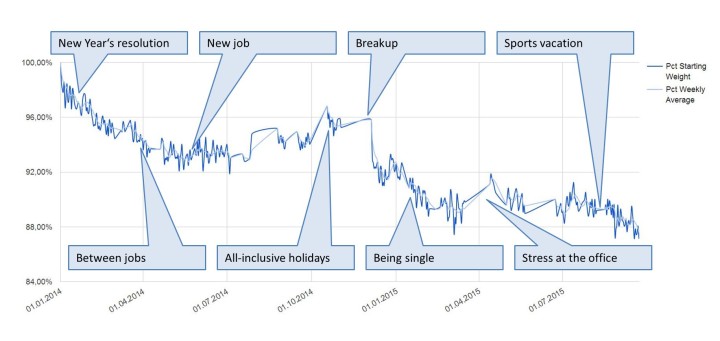
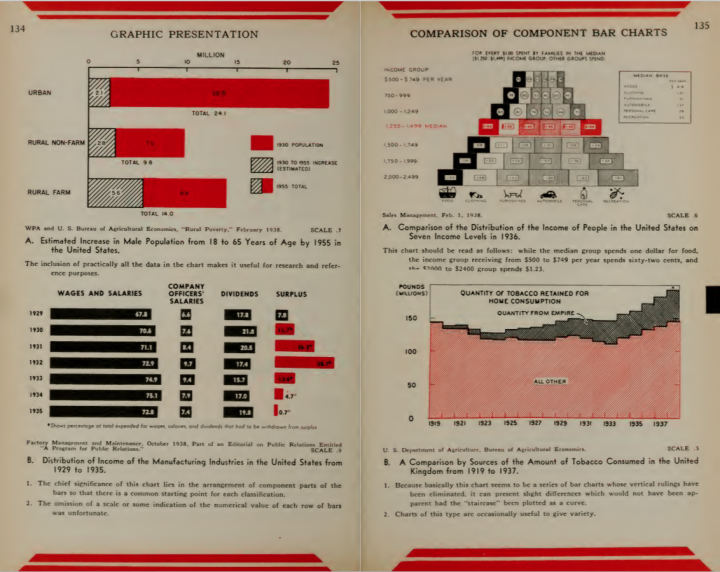

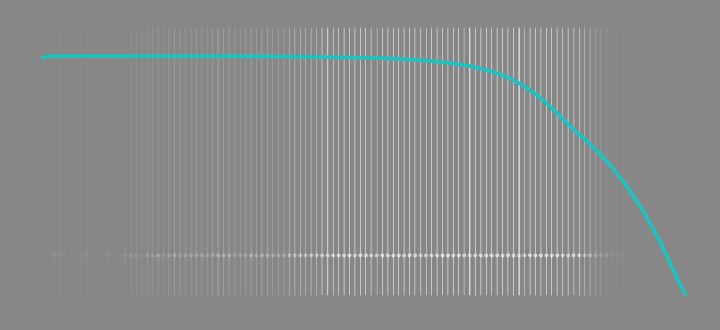
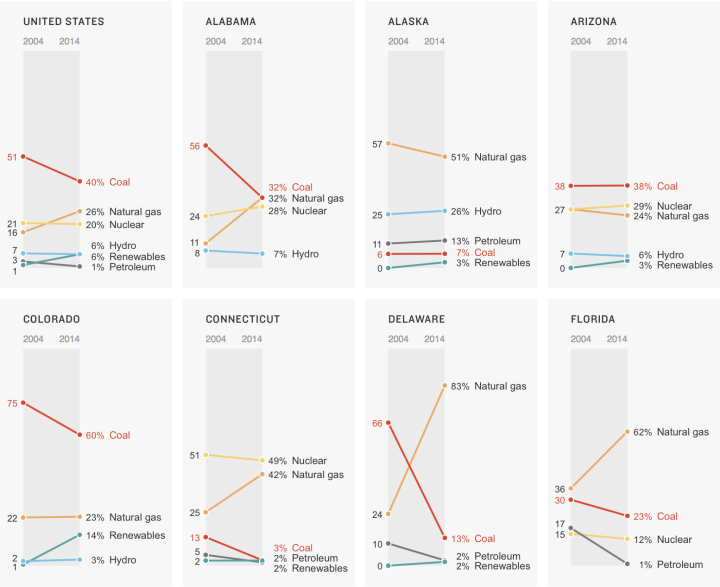
 Visualize This: The FlowingData Guide to Design, Visualization, and Statistics (2nd Edition)
Visualize This: The FlowingData Guide to Design, Visualization, and Statistics (2nd Edition)










